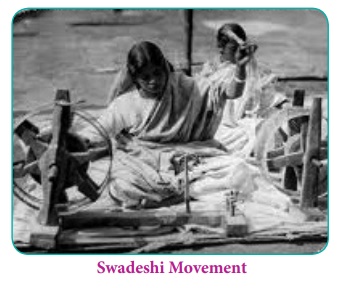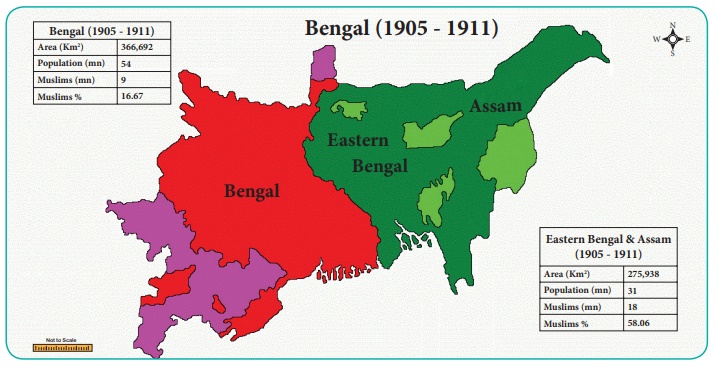History - Rise of Extremism and Swadeshi Movement | 12th History : Chapter 2 : Rise of Extremism and Swadeshi Movement
Chapter: 12th History : Chapter 2 : Rise of Extremism and Swadeshi Movement
Rise of Extremism and Swadeshi Movement
Rise of Extremism and Swadeshi Movement
Introduction
By the
last decade of the nineteenth century, there was conspicuous resentment against
moderate politics within the Indian National Congress. This feeling of
resentment eventually evolved into a new trend, referred to as the ‘Extremist’
trend. The extremist or what we may call radical or militant group was critical
of the moderates for their cautious approach and the “mendicant policy” of
appealing to the British by way of prayers and petitions. This form of
militancy developed under the leadership of Bal Gangadhar Tilak in Maharashtra,
Bipin Chandra Pal in Bengal and Lala Lajpat Rai in the Punjab. The primary
reasons for the rise of this trend were: factionalism in the Congress, frustration
with the moderate politics, anger against Lord Curzon for dividing Bengal.
The
partition of Bengal in 1905 – a prime example of the British divide and rule
policy– acted as the catalyst for the growth of anti-colonial swadeshi
nationalism. The partition plan was first opposed by moderates but as the
movement progressed, different techniques were improvised for the Swadeshi
campaign. Swadeshi constructive programme included boycott of foreign goods and
government-administered educational institutions. The Swadeshi movement
(1905–1911) is the most important phase of the Indian National Movement in the
pre-Gandhian era, as, during the course of the movement, the character of the
Indian national movement changed significantly in terms of the stated objectives,
methods and in its social base.

The mass
base of the movement was expanded by exposing the problems of various social
groups under the British governance and the underlying commonality in their
lives - that is colonial exploitation. For the first time, in the history of
Indian national movement, women, workers, peasants, and marginalised groups
were exposed to modern nationalist ideas and politics. It was a period when the
elite made a conscious effort to address the common people, calling upon them
to join politics. The other prominent development during the Swadeshi period
was the growth of the vernacular press (newspapers published in Indian
languages) in various parts of India. The nationalistic tone of the vernacular
press became more pronounced during this time. The role played by Swadesamitran in Tamil Nadu, Kesari in Maharashtra, Yugantar in Bengal are a few examples.
As the
movement gained support among the people, the government passed a series of
repressive Acts such as the Public Meetings Act (1907), the Explosive Substance
Act (1908), the Newspaper (Incitement and Offence Act 1908) and the Indian
Press Act (1910) to crush the nationalistic activities of any nature. One such
measure was recording and monitoring of public meetings which were considered a
matter of judicial scrutiny. (Shorthand was used by the police for the first
time to record political speeches.) In this lesson, while discussing the Bengal
as well as national scenarios, the Swadeshi Campaigns conducted in Tamil nadu
with particular focus on the role played by V.O. Chidambaram, V.V. Subramaniam,
Subramania Siva and Subramania Bharati.

Related Topics